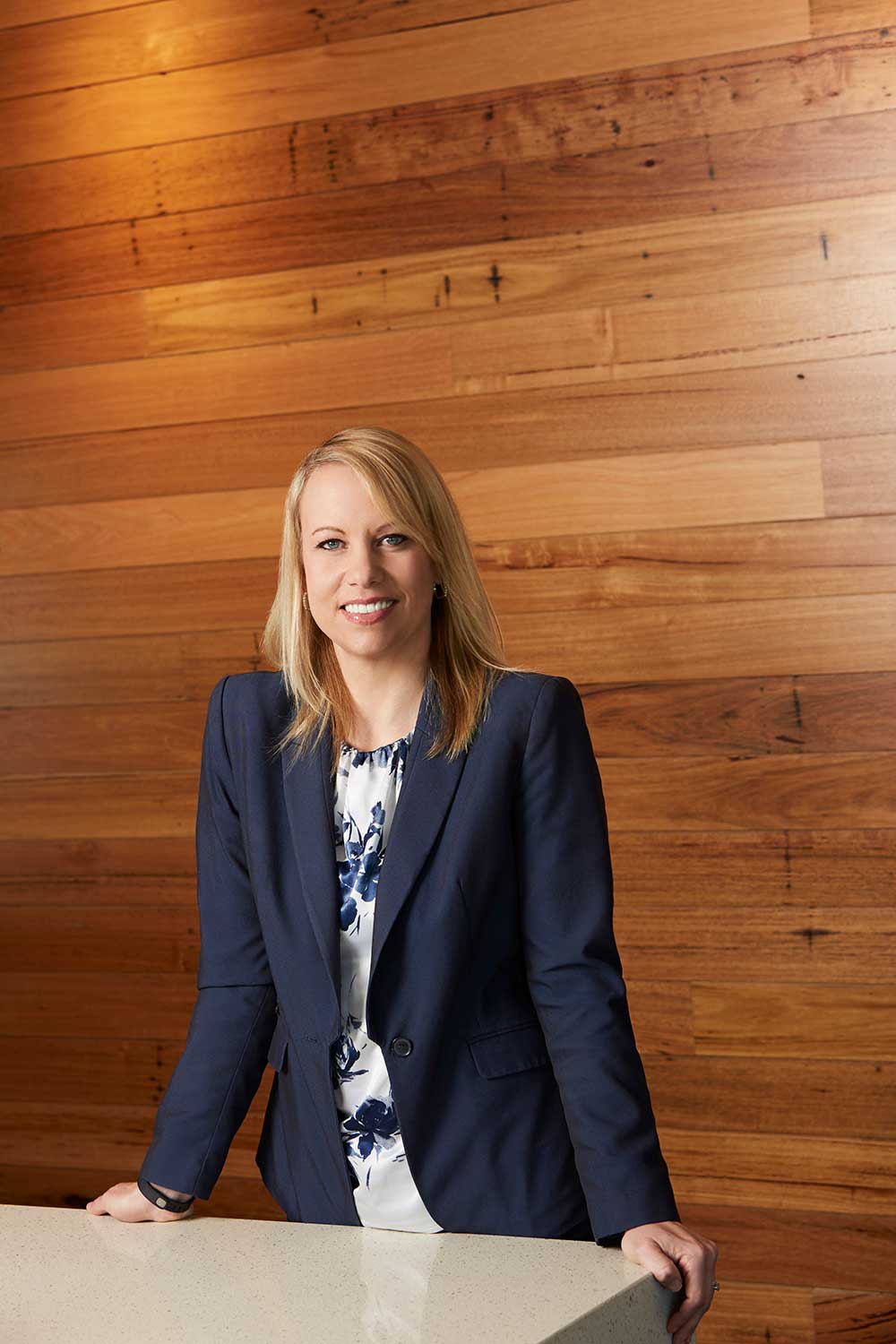For this International Women’s Day, 8 March, create asked five women at different stages of their careers about their engineering experiences and achievements.
The day Muneera Bano was awarded her PhD was the day she “broke through the concrete ceiling”, she said.

However, it wasn’t about being a respected woman in engineering — that was just the tip of the iceberg. Bano’s choice to challenge norms began many years earlier as a girl born into a family of boys in Pakistan.
“My mother was denied access to education,” she said.
“For my four older brothers, education was never questioned. The choice of what to study was entirely up to them. When I was lucky enough to be given the opportunity to be educated, I realised it was a privilege, not a basic right as it was for my brothers.”
She began with a bachelor’s degree, then a master’s in computer science, at the International Islamic University in Islamabad.
Now a Senior Lecturer in Software Engineering at Deakin University, she earned her PhD at the University of Technology Sydney after arriving in Australia in 2012.
Since then, Bano has been named the Most Influential Asian-Australian Under 40, a Superstar of STEM by Science and Technology Australia, and a Go Girl, Go For IT 2020 ambassador, among numerous other prestigious awards and recognitions.
More important than all of the awards, she says, is the fact that they allow her to influence and assist others in the community, particularly young women, to seek success in STEM.
Building opportunity
This passion for others’ development is common among women in engineering.

For example, although Louise Adams FIEAust CPEng, Chief Executive of Aurecon Australia and New Zealand, had few female role models on her way up through engineering, she now sees herself as somebody who can inspire younger women.
“A space in which I very mindfully try to make a difference is in being a role model for young women who want to get into engineering,” Adams, winner of The CEO Magazine’s CEO of the Year 2020, said.
“I take that role very seriously.”
Adams “demonstrated ability in successfully developing and implementing strategies to continue sustainable growth”, according to The CEO Magazine.
“Aurecon has flourished under Louise’s guidance.”
Helen Vu has made volunteering a central part of her life and career although she only graduated from a Bachelor of Engineering (Honours) in Mechatronics, Robotics and Automation three years ago.
“Perhaps it’s because of my upbringing, but as a woman in engineering I always want to be helping others,” said Vu, a Project Engineer with BOC South Pacific.
“Knowledge is something that is yours forever. Nobody can take it away and nobody else has control over it. So whenever I can share knowledge with other people, I do.”
A Rising Star of 2020 finalist at the 2020 Women In Industry Awards, Vu works in the Internet of Things space and has developed several low-cost sensors for use in the field.
Vu’s sensors are installed on liquid gas vessels to collect level and location data hourly. This data is then transmitted to the cloud and is made available to users of the service via a website and app, a system that empowers decision-making and improves efficiencies.
Rachel Harch FIEAust CPEng, Principal Systems Engineer at Boeing Defence Australia, said many of the achievements of which she’s most proud, such as winning the Australian Industry Defence Network’s 2017 National Young Achiever Award, and becoming the youngest ever Fellow of Engineers Australia, came from the fact that she’s such an active member of the engineering community.
“I’ve spent a lot of time volunteering in the engineering community, through Women in Engineering, the Mechanical Committee, the Mechanical College Board, and also being part of the University of Queensland Industry Advisory Board — School of Mechanical and Mining Engineering,” Harch said.
“What I have taken on now is a more senior role where … ongoing, individual pieces of mentoring happen on a regular weekly basis.”
Boundless possibility
Divya Jindal, Senior Spacecraft Systems and Orbits Engineer for Optus Satellite, is also passionate about encouraging more young women into STEM fields.
A 2019 finalist for the University of New South Wales Maria Skyllas-Kazacos Young Professional Award for Outstanding Achievement and a UNSW Women in Engineering Ambassador, Jindal maintains Optus Satellite fleet. She is responsible for keeping it in its desired location, roughly 36,000 km above Earth’s equator.
Jindal went as far as organising a women-in-aerospace panel event that specifically appealed to young people. As the Young Professionals Officer for the American Institute of Aeronautics and Astronautics, in 2018 she created the event in collaboration with Optus Satellite.
The panel boasted four female aerospace professionals, including an astronaut.
“A lot of young women who attended were inspired to pursue a career in aerospace,” Jindal said.
“In fact, one of the women who attended that event was hired last year as a graduate at Optus Satellite.”
While support, community and culture have become vital factors for every industry employing engineers, so has the need for major change. Those interviewed for this story agree change is essential as we head into a new future — and not just when it comes to gender diversity.
The age of the engineer
First, we must accept that we have entered the “age of the engineer”, Adams said.
“Think about food, water and energy security, urbanisation, congestion, climate change, pandemics — all of the big-ticket challenges.
“We already know a lot about the science around these challenges; now we need to look at solving them. This is where engineers come into their own. Rather than sitting back and saying, ‘Tell me what you want us to build’, we need to be stepping up and saying, ‘Tell me your problem, then let’s co-create the solution’.”
Adams said leaders at all levels of engineering need to be far more comfortable in the digital world.
Harch agreed, saying engineers’ powers will be enhanced by data.
“One of the things engineers could bring more to the table is data-driven decision-making,” she said.
“We have lots of data, but sometimes we can’t get the data out of the systems and sometimes systems don’t talk to each other.”
Bano approaches data from a different angle.
“I’ve looked into data biases and their impacts on how we engineer artificial intelligence algorithms,” she explained.
“We have an ethical and moral duty to engineer software that’s fair and inclusive to all people, regardless of gender or ethnicity. So, diversity and inclusion within engineering is not just about people, it’s about the way we engineer software and use data to train algorithms.”
Vu supports a greater focus on sustainability in engineering.
“The way we design, create or build must ensure there will always be enough resources for future generations,” she said.
And for Jindal, engineering’s ongoing success lies in diversity.
“Having more people from different backgrounds is going to bring new ideas, new designs and a new future,” she said.
“If half the world’s population is made up of females, there’s no reason why one day, in a room full of engineers, half of them shouldn’t be female.”
Five big challenges for 2021
What do women in engineering consider the big challenges for 2021? Here’s what our experts said.
1. Remote working: Some engineers love it, some hate it, and some businesses have difficulties enabling it.
2. Purpose: Organisations focusing solely on profit are no longer relevant.
3. Wellbeing: How do we create time to check in on ourselves, and on each other, in a new business environment?
4. Reconnection: After a year or more of working from home, how do we meaningfully reconnect in the office, a place that will likely carry different meaning?
5. Uncertainty: In an environment in which a state border can close with a few hours’ notice, engineering businesses must continue to operate without disruption.
